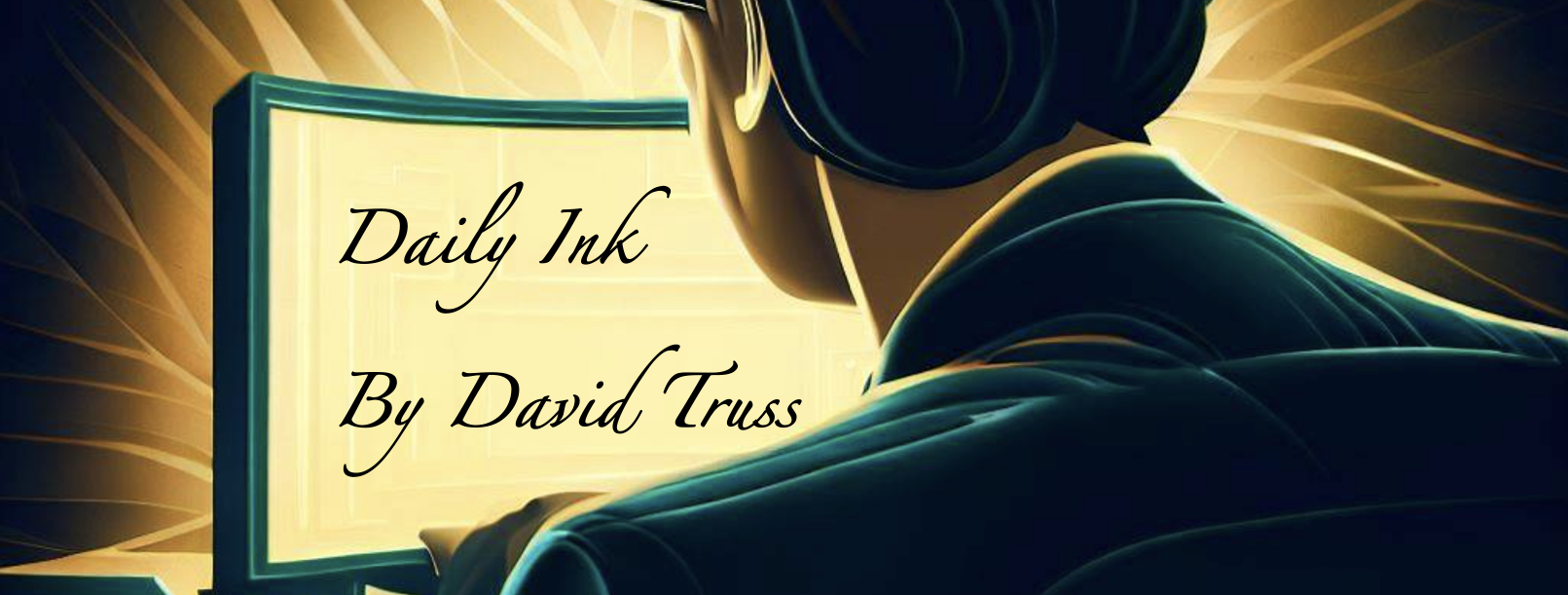It’s one of the most common proverbs I hear,
“No matter where you go, there you are.”
And I don’t like it.
It is not just about location, it’s also about our habits and our identity. The most striking example of this was shared by my grandfather decades ago. When my grandmother told him that a person they knew died, my grandfather said, “He was a jackass!”
My grandmother protested, “Leon, don’t talk about the dead like that?”
And my grandfather replied, “Why, you think death would change him? If he was such a jackass when he was alive, you don’t think he’d be a jackass when he’s dead?” I could always count on my grandfather to ‘tell it like it is’, he was a wonderful, wise man that I learned so much from. He was also practical and honest, and called things as he saw them.
I’ve met some people that have made some incredible transformations in their lives. They’ve met adversity head on, they have been reflective and grown, they have ‘changed their tune’. But most people are almost the same people they were years ago… A little older, a little wiser, but still the same. That’s not a bad thing, it’s hard spending your life being a significantly better person, being a new person with new habits and different aspirations. We just need to grow incrementally, seek small improvements.
The hardest part is managing expectations: Expectations of ourselves and expectations of others. These are not exclusive. The expectations of others very often drive our expectations of ourselves. When someone tells you that you aren’t doing a good enough job, or that you need to try harder in a relationship, or that you need to be better at something, anything… it directly affects our own expectations of ourselves. We can often feel disappointed not because we thought we needed to change or be better, but because someone else does.
Then we try to get better, but the person has already decided that we are who we are, (no matter where we go, there we are), and so even if we hit the targets they wanted, change our habits, they still see us as they did before. Meeting the other person’s expectation doesn’t always just make them see you in a better light, but it is seen as a one-off, something unusual. And this rather cold reflection of others to what you think was a really positive change makes you less likely to repeat what was changed. In other words, their expectation of you being who you are yesterday reflects more on you than the person you are today.
I think that’s why I dislike this proverb. It’s like a self-fulfilling prophecy. It’s not about growth, it’s not about getting better, it’s about being stuck in a metaphorical place. And you are stuck there more from the expectations of others than of yourself. I guess what I’m trying to say is, ‘If you are going to believe that no matter where you go, there you are, then you are surely not going anywhere else.’
The world is our oyster, but for many they only see a closed shell. We need to open up if we want to find any pearls. And we are more likely to do so if we worry more about our own expectations and less about others.













 We walked about 1/3 the way up then we put on our grip-on cleats, and the cold air was a lot more difficult for me to tackle compared to the actual walking conditions. Still, we usually do the walk in 55 to 56 minutes and it took us 1 hour. A four minute difference.
We walked about 1/3 the way up then we put on our grip-on cleats, and the cold air was a lot more difficult for me to tackle compared to the actual walking conditions. Still, we usually do the walk in 55 to 56 minutes and it took us 1 hour. A four minute difference.







